US Airways 2005 Annual Report Download - page 240
Download and view the complete annual report
Please find page 240 of the 2005 US Airways annual report below. You can navigate through the pages in the report by either clicking on the pages listed below, or by using the keyword search tool below to find specific information within the annual report.-
 1
1 -
 2
2 -
 3
3 -
 4
4 -
 5
5 -
 6
6 -
 7
7 -
 8
8 -
 9
9 -
 10
10 -
 11
11 -
 12
12 -
 13
13 -
 14
14 -
 15
15 -
 16
16 -
 17
17 -
 18
18 -
 19
19 -
 20
20 -
 21
21 -
 22
22 -
 23
23 -
 24
24 -
 25
25 -
 26
26 -
 27
27 -
 28
28 -
 29
29 -
 30
30 -
 31
31 -
 32
32 -
 33
33 -
 34
34 -
 35
35 -
 36
36 -
 37
37 -
 38
38 -
 39
39 -
 40
40 -
 41
41 -
 42
42 -
 43
43 -
 44
44 -
 45
45 -
 46
46 -
 47
47 -
 48
48 -
 49
49 -
 50
50 -
 51
51 -
 52
52 -
 53
53 -
 54
54 -
 55
55 -
 56
56 -
 57
57 -
 58
58 -
 59
59 -
 60
60 -
 61
61 -
 62
62 -
 63
63 -
 64
64 -
 65
65 -
 66
66 -
 67
67 -
 68
68 -
 69
69 -
 70
70 -
 71
71 -
 72
72 -
 73
73 -
 74
74 -
 75
75 -
 76
76 -
 77
77 -
 78
78 -
 79
79 -
 80
80 -
 81
81 -
 82
82 -
 83
83 -
 84
84 -
 85
85 -
 86
86 -
 87
87 -
 88
88 -
 89
89 -
 90
90 -
 91
91 -
 92
92 -
 93
93 -
 94
94 -
 95
95 -
 96
96 -
 97
97 -
 98
98 -
 99
99 -
 100
100 -
 101
101 -
 102
102 -
 103
103 -
 104
104 -
 105
105 -
 106
106 -
 107
107 -
 108
108 -
 109
109 -
 110
110 -
 111
111 -
 112
112 -
 113
113 -
 114
114 -
 115
115 -
 116
116 -
 117
117 -
 118
118 -
 119
119 -
 120
120 -
 121
121 -
 122
122 -
 123
123 -
 124
124 -
 125
125 -
 126
126 -
 127
127 -
 128
128 -
 129
129 -
 130
130 -
 131
131 -
 132
132 -
 133
133 -
 134
134 -
 135
135 -
 136
136 -
 137
137 -
 138
138 -
 139
139 -
 140
140 -
 141
141 -
 142
142 -
 143
143 -
 144
144 -
 145
145 -
 146
146 -
 147
147 -
 148
148 -
 149
149 -
 150
150 -
 151
151 -
 152
152 -
 153
153 -
 154
154 -
 155
155 -
 156
156 -
 157
157 -
 158
158 -
 159
159 -
 160
160 -
 161
161 -
 162
162 -
 163
163 -
 164
164 -
 165
165 -
 166
166 -
 167
167 -
 168
168 -
 169
169 -
 170
170 -
 171
171 -
 172
172 -
 173
173 -
 174
174 -
 175
175 -
 176
176 -
 177
177 -
 178
178 -
 179
179 -
 180
180 -
 181
181 -
 182
182 -
 183
183 -
 184
184 -
 185
185 -
 186
186 -
 187
187 -
 188
188 -
 189
189 -
 190
190 -
 191
191 -
 192
192 -
 193
193 -
 194
194 -
 195
195 -
 196
196 -
 197
197 -
 198
198 -
 199
199 -
 200
200 -
 201
201 -
 202
202 -
 203
203 -
 204
204 -
 205
205 -
 206
206 -
 207
207 -
 208
208 -
 209
209 -
 210
210 -
 211
211 -
 212
212 -
 213
213 -
 214
214 -
 215
215 -
 216
216 -
 217
217 -
 218
218 -
 219
219 -
 220
220 -
 221
221 -
 222
222 -
 223
223 -
 224
224 -
 225
225 -
 226
226 -
 227
227 -
 228
228 -
 229
229 -
 230
230 -
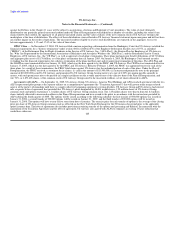 231
231 -
 232
232 -
 233
233 -
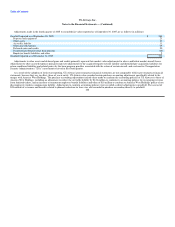 234
234 -
 235
235 -
 236
236 -
 237
237 -
 238
238 -
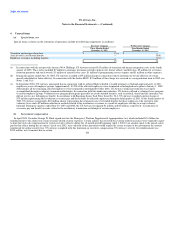 239
239 -
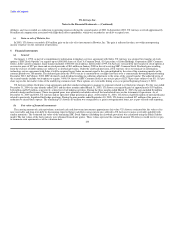 240
240 -
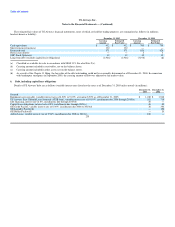 241
241 -
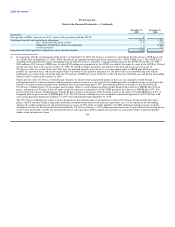 242
242 -
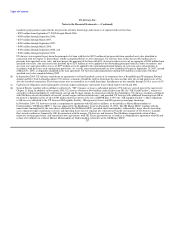 243
243 -
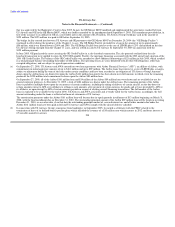 244
244 -
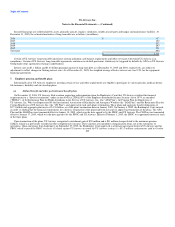 245
245 -
 246
246 -
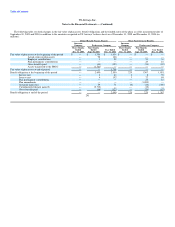 247
247 -
 248
248 -
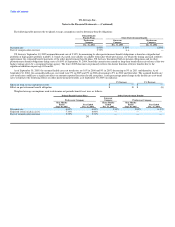 249
249 -
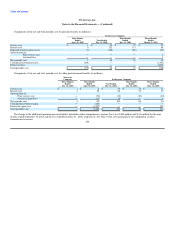 250
250 -
 251
251 -
 252
252 -
 253
253 -
 254
254 -
 255
255 -
 256
256 -
 257
257 -
 258
258 -
 259
259 -
 260
260 -
 261
261 -
 262
262 -
 263
263 -
 264
264 -
 265
265 -
 266
266 -
 267
267 -
 268
268 -
 269
269 -
 270
270 -
 271
271 -
 272
272 -
 273
273 -
 274
274 -
 275
275 -
 276
276 -
 277
277 -
 278
278 -
 279
279 -
 280
280 -
 281
281 -
 282
282 -
 283
283 -
 284
284 -
 285
285 -
 286
286 -
 287
287 -
 288
288 -
 289
289 -
 290
290 -
 291
291 -
 292
292 -
 293
293 -
 294
294 -
 295
295 -
 296
296 -
 297
297 -
 298
298 -
 299
299 -
 300
300 -
 301
301 -
 302
302 -
 303
303 -
 304
304 -
 305
305 -
 306
306 -
 307
307 -
 308
308 -
 309
309 -
 310
310 -
 311
311 -
 312
312 -
 313
313 -
 314
314 -
 315
315 -
 316
316 -
 317
317 -
 318
318 -
 319
319 -
 320
320 -
 321
321 -
 322
322 -
 323
323
 |
 |
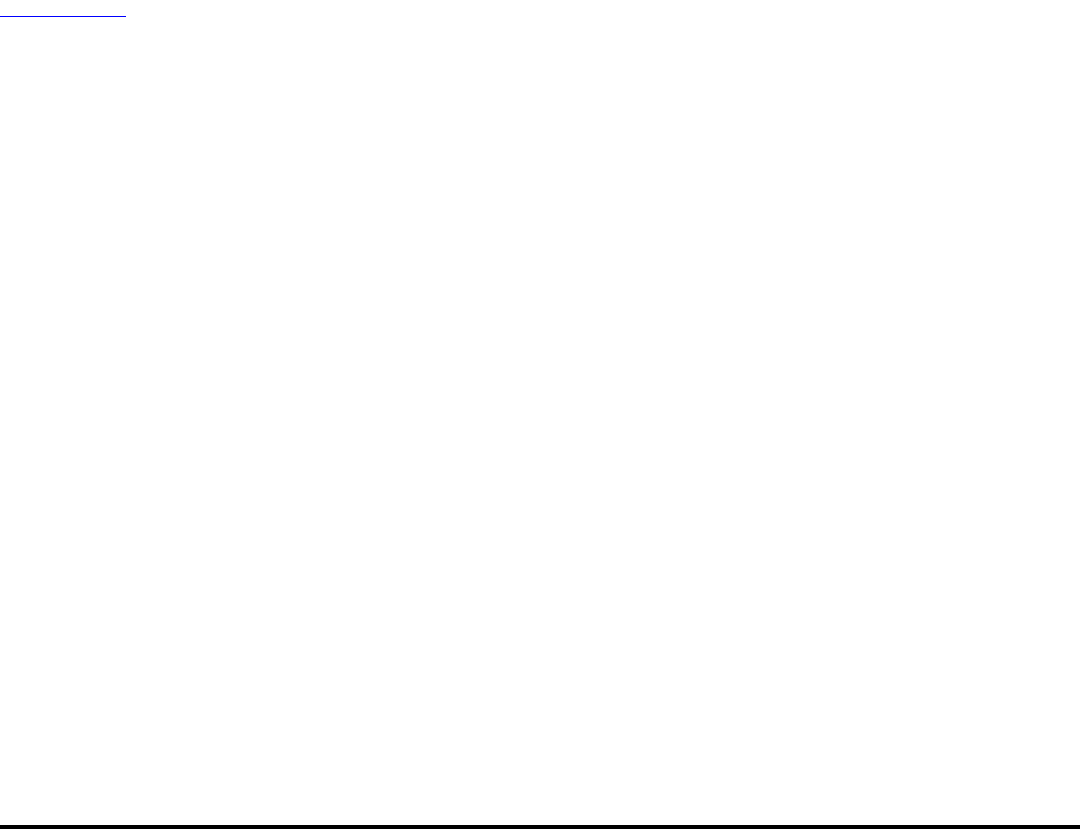
Table of Contents
US Airways, Inc.
Notes to the Financial Statements — (Continued)
affiliates, and was recorded as a reduction to operating expenses during the second quarter of 2003. In September 2003, US Airways received approximately
$6 million of compensation associated with flight deck door expenditures, which was recorded as an offset to capital costs.
(c) Gain on sale of Hotwire, Inc.
In 2003, US Airways recorded a $30 million gain on the sale of its investment in Hotwire, Inc. The gain is reflected in other, net within nonoperating
income (expense) on the statement of operations.
5. Financial instruments
(a) General
On January 1, 1998, as part of a comprehensive information technology services agreement with Sabre, US Airways was granted two tranches of stock
options ("SHC Stock Options") to acquire up to 6,000,000 shares of Class A Common Stock, $.01 par value, of Sabre Holdings Corporation (SHC Common
Stock), Sabre's parent company. Each tranche included 3,000,000 stock options. In December 1999, US Airways exercised the first tranche of stock options at
an exercise price of $27 per share and received proceeds of $81 million in January 2000 in lieu of receiving SHC Common Stock. Realized gains resulting
from the exercise of Sabre options are subject to a clawback provision. Under the clawback provision, if US Airways elects to terminate its information
technology service agreement with Sabre it will be required to pay Sabre an amount equal to the gain multiplied by the ratio of the remaining months in the
contract period over 180 months. The deferred gain from the 1999 exercise is amortized on a straight-line basis over a contractually determined period ending
December 2012. In February 2000, SHC declared a cash dividend resulting in a dilution adjustment to the terms of the second tranche. The adjusted terms of
the second tranche include stock options to acquire 3,406,914 shares of SHC Common Stock at an exercise price of $23.78 per share subject to an $111.83 per
share cap on the fair market value of the underlying common stock. These options are exercisable during a ten-year period beginning January 2, 2003.
US Airways utilizes fixed price swap agreements and other similar instruments to manage its exposure related to jet fuel price changes. For the year ended
December 31, 2004, the nine months ended 2003 and the three months ended March 31, 2003, US Airways recognized gains of approximately $130 million,
$14 million and $27 million, respectively, related to its fuel hedging activities. During the three months ended March 31, 2003, the gain included $4 million
related to hedge ineffectiveness. These recognized gains were primarily included in aircraft fuel and related taxes on the statements of operations. As of
December 31, 2005 and 2004, US Airways had no open fuel hedge positions in place. At December 31, 2004, US Airways had $22 million of unrealized gains
related to previously liquidated fuel hedge positions. During the nine months ended September 30, 2005, US Airways realized $17 million of the gain as a
reduction to aircraft fuel expense. The remaining US Airways $5 million was recognized as a gain in reorganization items, net as part of fresh-start reporting.
(b) Fair value of financial instruments
The carrying amount of cash equivalents, restricted cash and short-term investments approximates fair value. US Airways estimated the fair values of its
note receivable and long-term debt by discounting expected future cash flows using current rates offered to US Airways for notes receivable and debt with
similar maturities. The estimated fair value of the remaining SHC Stock Options (including the clawback provision) was calculated using the Black-Scholes
model. The fair values of the fuel contracts were obtained from dealer quotes. These values represent the estimated amount US Airways would receive or pay
to terminate such agreements as of the valuation date. 234
